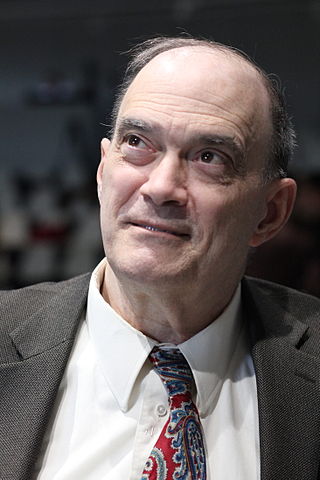
“William Binney-IMG 9040” by Photograph by Rama, Wikimedia Commons, Cc-by-sa-2.0-fr. Licensed under CC BY-SA 2.0 fr via Wikimedia Commons – https://commons.wikimedia.org/wiki/File:William_Binney-IMG_9040.jpg#/media/File:William_Binney-IMG_9040.jpg
Amid renewed discussions (this time by Rand Paul and Ron Wyden) of releasing the 28 pages redacted from a Congressional report describing the Saudi role in 9/11, James Bamford sat down with fellow NSA whistleblowers to report on other suppressed details about 9/11. The story provides new details about the technical redundancy built into NSA’s targeting of a particular safe phone in Yemen that Khalid al-Mihdhar had called from San Diego.
[T]he agency did have the technical capability in 2000 to determine that the calls to bin Laden’s operations center came from California.
“They’re trying to cover up the failure of the NSA,” said J. Kirk Wiebe, a former senior analyst who worked at the NSA for 32 years, until October 2001. “And I think they’re embarrassed by that.”
The coverage of the operations center in Yemen was what NSA veterans describe as “cast iron.” Wiebe explains: “You have a target so important to the system that you don’t ever tune a receiver away from that frequency or off of that target.” And, of course, every phone transmission is automatically accompanied by information required to charge the correct phone companies. “You know the phone numbers involved, who’s making the phone call, and who it’s going to because the billing system has to have that metadata to charge you,” Wiebe notes. All that was required to track a number of interest, in short, was access to phone companies’ records or technology.
In other words, the repeated claims that the NSA needed a phone dragnet to track calls into the US so it could have found that call are wrong: it always could have found that call.
The disclosure should focus new attention on the claims used to justify the dragnet.
Just as interesting, the story reveals the extent to which NSA had decrypted Thuraya satellite phones.
The NSA, the source said, was also able to covertly eavesdrop on another major satellite system: Thuraya. Based in the United Arab Emirates, Thuraya provides mobile coverage to more than 160 countries throughout Europe, Africa, Asia, and the Middle East. This company, like most others of its ilk, encrypts communications signals as they travel up to a satellite and then down to a ground station; however, the NSA cracked the encryption. “Our secret was that the Thuraya system had been broken for a long time—deep state secret,” the source said. “Routinely, we could intercept [the satellite transmission] at will. We could take any number that was being dialed in or out … [and] listen in literally live on any conversation or after the fact.… One of the things NSA became very good at was breaking satellite communications systems.”
The NSA, in other words, was able to monitor every call going into and out of the al Qaeda operations center in Yemen—including the 221 calls that came in from bin Laden’s phone in Afghanistan.
The detail is interesting because it lies behind a confrontation between Senate Intelligence Committee Ranking Member Richard Shelby and the Bush Administration. When Shelby allegedly leaked this detail — that the NSA had intercepted OBL’s phone (with no details about all of Thuraya’s calls) — the Bush Administration forced Congress to conduct an investigation and Shelby left the committee. (Reporters who had earlier interviewed OBL had revealed his use of satellite phones, but not that NSA had compromised it.)
In other words, not only did Shelby (allegedly) leak something far more signifiant than just that OBL’s phone had been compromised. But the leak may have revealed that NSA had the resources to prevent 9/11.
No wonder the Bush Administration used this leak as an excuse to stop sharing intelligence with Congress.


